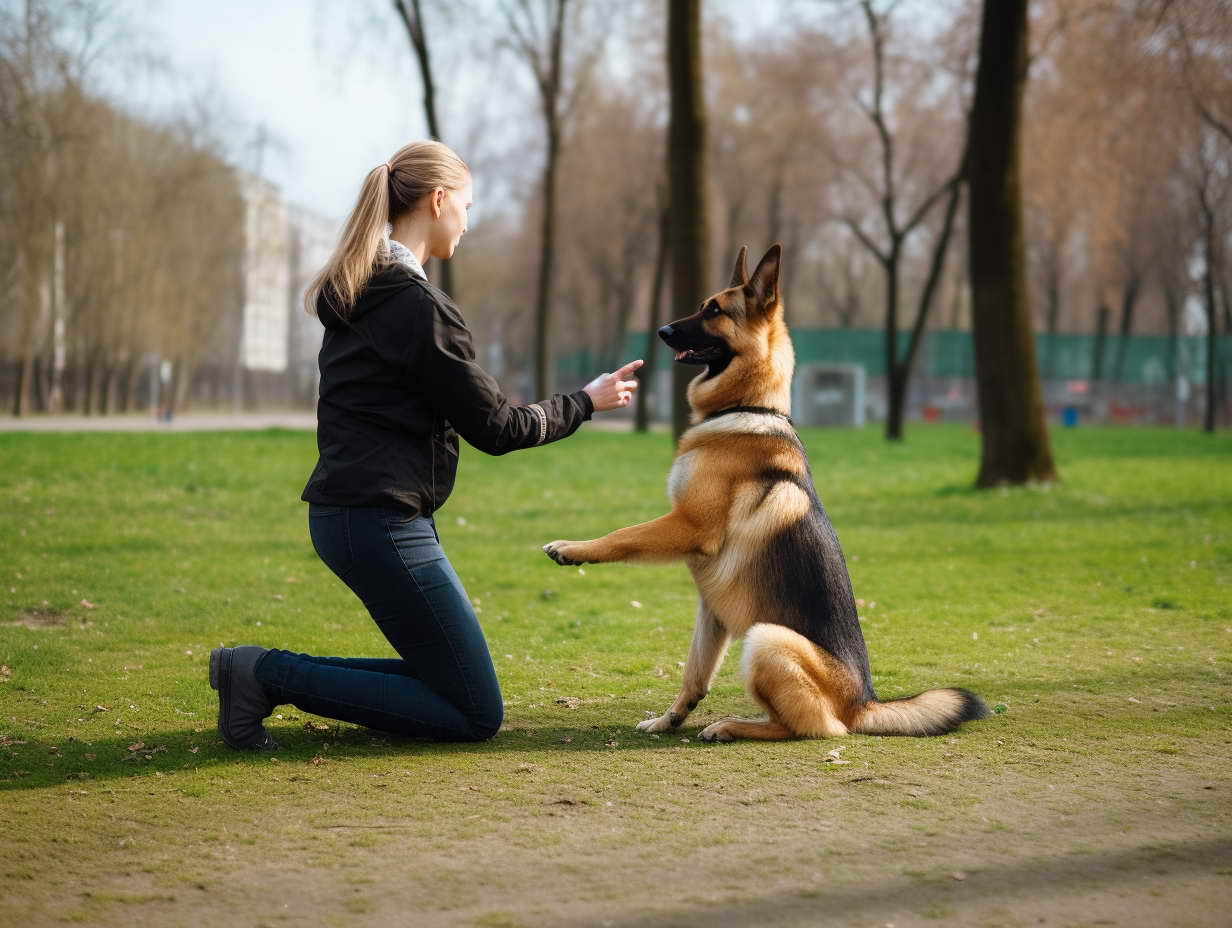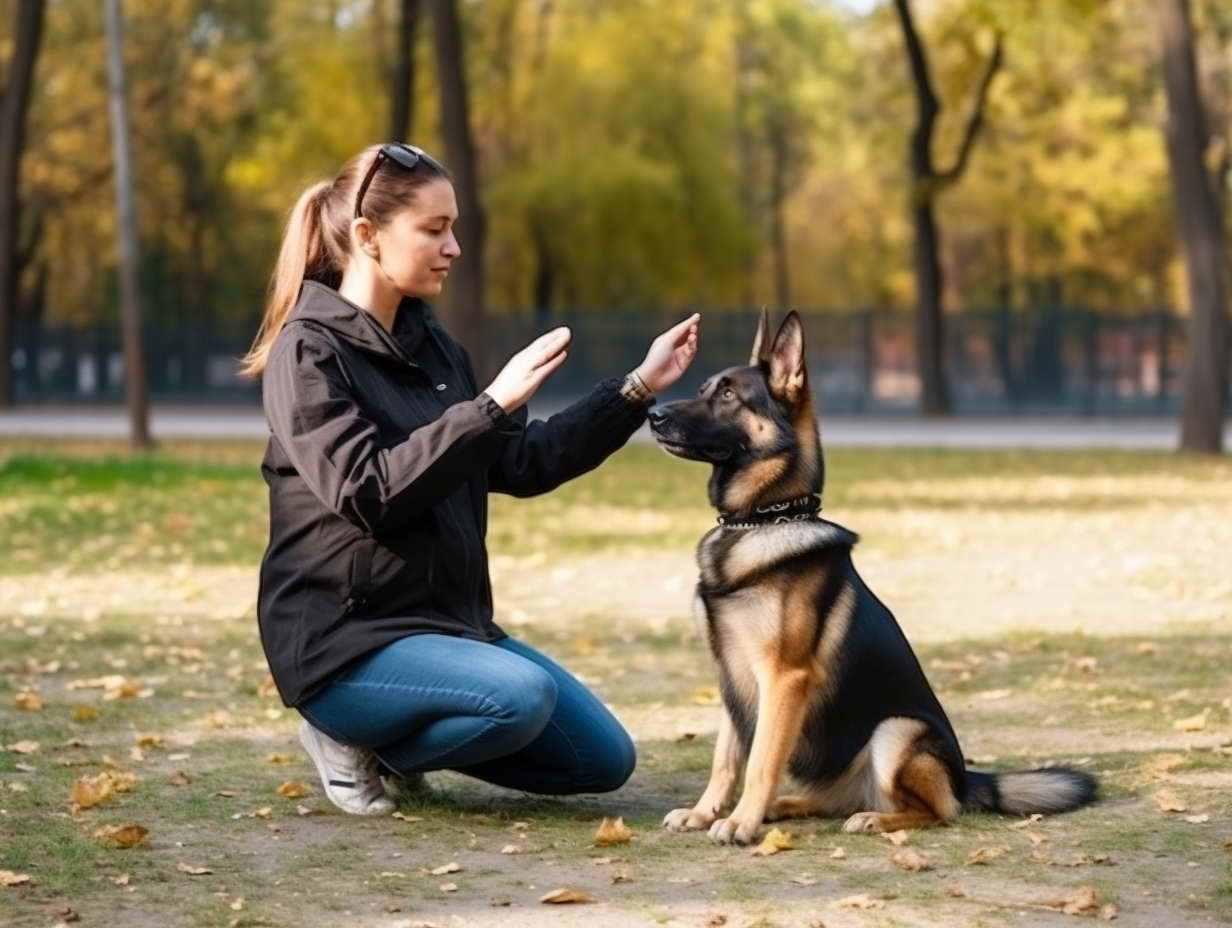Average Dog Training Prices: Comprehensive Guide to Training Your Canine Companion
Dog training is a vital aspect of responsible pet ownership, as it fosters good behavior, strengthens the human-canine bond, and ensures the safety of your dog and those around them. This process involves teaching your dog various commands and behaviors to ensure they are well-mannered and responsive to your cues.
Benefits of Proper Dog Training Effective dog training not only enhances your pup’s behavior but also contributes to a harmonious household. A well-trained dog is more likely to listen to commands, making daily interactions smoother and more enjoyable. Additionally, proper training can prevent potential behavioral issues, improve your dog’s socialization skills, and create a strong foundation for advanced training.
Factors Affecting Dog Training Prices
The cost of dog training can vary significantly based on several factors that influence the overall pricing structure.
Type of Training Different types of training come with different price tags. Basic obedience training, behavior modification, and specialized training programs each have their associated costs. The complexity of the training and the skills being taught can impact the overall price.
Location Geographical location plays a role in determining dog training prices. Urban areas with a higher cost of living generally have higher training costs compared to suburban or rural areas.
Trainer’s Experience The experience and expertise of the trainer can influence the cost. Highly experienced trainers with a successful track record may charge more for their services.
Common Types of Dog Training
Dog training can encompass various areas to address different needs and behaviors.
Obedience Training Obedience training focuses on teaching essential commands such as “sit,” “stay,” “come,” and “heel.” It forms the foundation for other training disciplines.
Behavior Training Behavior training targets specific issues such as aggression, separation anxiety, and excessive barking. Trainers work to modify unwanted behaviors and promote positive actions.
Agility Training Agility training involves navigating obstacle courses, promoting physical activity, and mental stimulation, and improving your dog’s coordination and athleticism.
Average Dog Training Prices by Type
The costs of dog training can vary based on the specific type of training your dog needs.
Obedience Training Costs On average, basic obedience training classes can cost between $50 to $125 per session. Group classes tend to be more affordable, while private lessons may have a higher price point.
Behavior Training Costs Behavioral training costs can range from $100 to $300 per session. Complex behavioral issues may require multiple sessions, contributing to the overall cost.
Agility Training Costs Agility training classes can be around $20 to $50 per class. Since agility training is often done in group settings, it’s a cost-effective way to engage your dog.

Professional Dog Training vs. DIY Methods
Deciding between professional training and DIY methods is a crucial consideration for dog owners.
Pros of Professional Training Professional trainers have the expertise to address specific issues effectively. They provide personalized guidance and structure, which can lead to faster and more reliable results.
Pros of DIY Training DIY training can be more flexible and budget-friendly. It’s suitable for dog owners who want to be directly involved in their dog’s training journey.
Cons of Each Approach Professional training may come with higher costs, while DIY training requires significant time and effort from the owner. Striking a balance between the two approaches is key.
Understanding Training Packages
Many trainers offer training packages that bundle multiple sessions and services.
What Training Packages Include Training packages often include a set number of training sessions, progress evaluations, and sometimes additional resources such as training materials or access to online resources.
Evaluating Package Benefits When considering training packages, assess your dog’s needs and the level of support required. A package that aligns with your goals and budget can provide better value.
Finding the Right Dog Trainer
Choosing the right trainer is essential for successful training outcomes.
Researching Trainers Look for trainers with relevant certifications, experience, and positive reviews from past clients. Research their training methods to ensure they align with your preferences.
Reading Reviews Reviews and testimonials from other dog owners can provide insights into a trainer’s strengths and areas of expertise.
Interviewing Trainers Schedule consultations with potential trainers to discuss your dog’s needs, their training approach, and pricing. This helps you gauge your comfort level and their suitability.

Budgeting for Dog Training
Creating a budget for dog training helps you manage costs effectively.
Setting a Realistic Budget Consider your financial situation and the training needs of your dog when setting a budget. Be prepared for potential unforeseen costs.
Cost-Effective Training Methods Group classes are generally more budget-friendly than private lessons. Additionally, some trainers offer discounts for package purchases.
Tips for Affordable Dog Training
Exploring cost-saving strategies can make dog training more affordable.
Group Classes vs. Private Lessons Group classes are usually more economical, as the cost is shared among participants. They also provide opportunities for socialization.
Negotiating Prices Some trainers may be open to negotiation, especially if you’re signing up for multiple sessions. Don’t hesitate to discuss pricing options.
Training Frequency and Duration
Determining the right frequency and duration of training sessions is important.
How Often to Train Consistency is key in training. Regular training sessions, whether daily or weekly, contribute to better results.
Training Session Length Training sessions typically range from 30 minutes to an hour. The ideal duration depends on your dog’s attention span and the complexity of the tasks.
DIY Training Resources
DIY training options are abundant for dog owners seeking more hands-on approaches.
Online Tutorials Numerous online platforms offer free and paid tutorials, covering everything from basic commands to advanced tricks.
Training Books Training books authored by experts provide step-by-step guidance and training techniques for various skill levels.
Positive vs. Negative Reinforcement
Understanding the principles of positive and negative reinforcement helps in choosing the right training method.
Understanding the Approaches Positive reinforcement rewards desired behaviors, while negative reinforcement involves removing an unpleasant stimulus when the dog behaves appropriately.
Choosing the Right Method Positive reinforcement methods are widely recommended for their effectiveness and ethical considerations.

Training Equipment Costs
Training equipment is an essential aspect of effective dog training.
Essential Training Gear Basic training gear includes a leash, collar, treats, and clicker. These items are fundamental for communication and rewarding good behavior.
Optional Accessories Advanced training may require specialized gear such as agility equipment, which can be purchased gradually based on your training goals.
Specialized Training Programs
Certain dogs may benefit from specialized training programs.
Service Dog Training Service dog training prepares dogs to assist individuals with disabilities, with costs varying based on the training required.
Therapy Dog Training Therapy dog training focuses on teaching dogs to provide comfort and support in various settings, such as hospitals and schools.
Guard Dog Training Guard dog training involves teaching dogs to protect property and individuals, requiring professional guidance due to the specialized nature of the training.
Training for Specific Breeds
Different breeds have distinct training needs.
Breed-Specific Training Needs Some breeds are more inclined toward specific behaviors or tasks. Understanding these tendencies helps tailor training methods.
Breed Differences in Training Costs Breeds with unique characteristics or training requirements may incur higher training costs.
Dog Training and Behavioral Issues
Training can address various behavioral issues in dogs.
Addressing Behavioral Problems Training is an effective way to manage and modify behavioral problems such as aggression, anxiety, and excessive barking.
Additional Costs for Problem Behaviors Addressing severe behavioral issues may require more extensive training sessions and possibly ongoing support.
Evaluating Training Progress
Regularly evaluating your dog’s progress is essential for successful training.
Measuring Success Track your dog’s ability to perform commands and exhibit desirable behaviors. Gradual improvement indicates effective training.
Adjusting Training Techniques If certain techniques aren’t yielding results, be open to adjusting your approach. Consult with a trainer if needed.
Long-Term Training Benefits
The benefits of dog training extend beyond initial training sessions.
Improved Bond with Your Dog Effective training enhances the bond between you and your dog, leading to better communication and understanding.
Lifelong Skills for Your Dog Skills acquired through training remain with your dog throughout its life, ensuring continued obedience and positive behavior.
Frequently Asked Questions (FAQs)
Here are answers to some common questions about average dog training prices:
- How much does basic obedience training cost on average?
- Are puppy training classes more affordable?
- What’s the average cost of agility training?
- Is in-home dog training more expensive than group classes?
- Are there financial aid options for dog training?
- How can I ensure I’m getting value for my money with a dog trainer?
Conclusion
Investing in your dog’s training journey is an investment in their well-being and your peace of mind. By understanding average dog training prices and the various factors influencing them, you’re equipped to make an informed decision that aligns with your budget and your dog’s needs. Remember, the benefits of a well-trained and well-behaved pup are truly priceless.

Leave a Reply